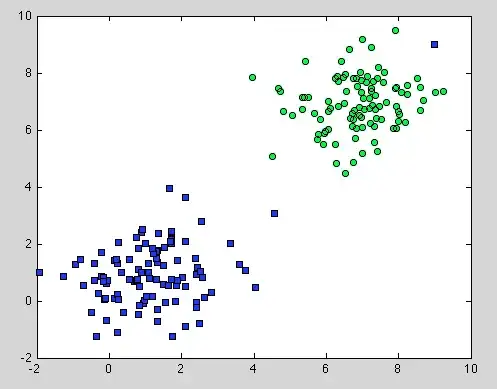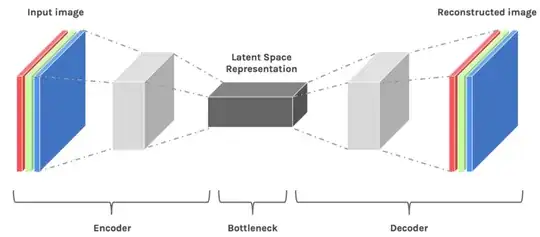I work in exercise physiology, but have very little experience in statistical analysis with anything more complicated that T-Tests and correlation analyses. So this question might be a bit broad, but I'm happy to rephrase it if need be.
I have a series of subjects who each completed 3 exercise tests. The tests export raw data every 5 seconds. Results can vary by time (how long the subject was exercising) and/or by intensity (how hard the subject worked during the test). Here's a couple of examples of some "typical" results:
Visually, they don't look all that dissimilar, and I can use time to exhaustion and VO2Peak (the highest point on each line) to compare maximal performance, but I'm wondering if there is a good statistical test to actually compare the lines, given that they don't always have a consistent slope.
I'm not well-versed in much of this, but any suggestions on where I can look at I'll be happy to do! I looked at this page, which seems like it could be something that might be useful, but frankly the discussions are a bit over my head.
Currently, I'm only using Excel, but I'll obviously have to use something more complex in the future.
EDIT: To be more specific I think looking at the integral of the curves (thank you whuber) and the progression of curves would be useful. Due to the nature of the exercise tests, we expect that the slope of the curves will change at some point (you can see that at about point 65 of the green line in the first graph), so calculating how the slopes change, and then performing some statistical analysis on the slopes and the timing of the changes would be outstandingly helpful.

